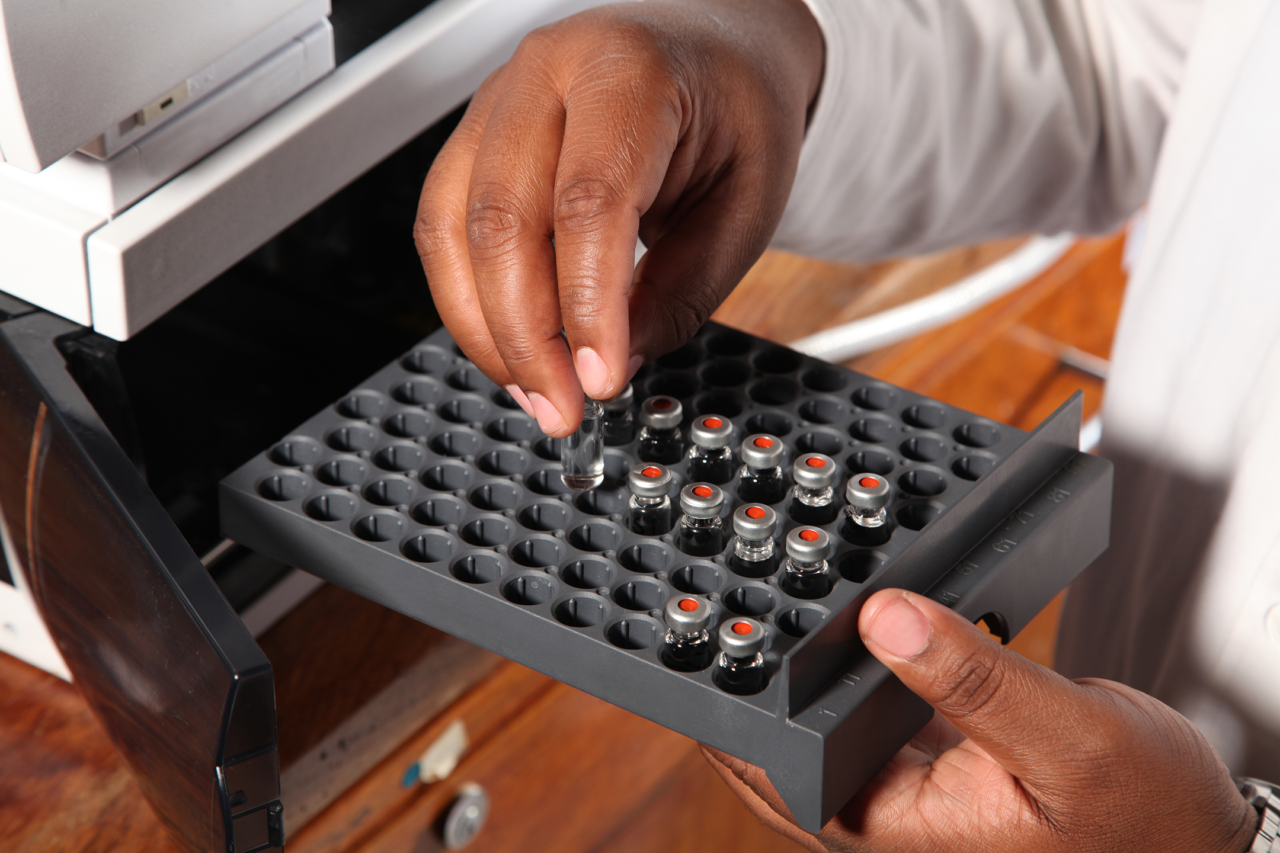 By Ketan Patel, Advisory Principal, Healthcare, KPMG
By Ketan Patel, Advisory Principal, Healthcare, KPMG
COVID-19 vaccines are starting to make their way to healthcare personnel, first responders and residents of long-term care facilities in stages to mitigate exposure risk. The process of getting people vaccinated, however, is fraught with complexity in one of the largest public health undertakings in the modern era as manufacturers ramp up production to reach thousands of doctors, nurses, EMTs and allied professionals.
Programs needed to support successful vaccine dissemination efforts will require a significant amount of coordination across multiple functional areas, including supply chain, logistics, scheduling, vaccine administration, reporting/tracking, testing, tracing, and constituent prioritization. Since the federal government delegated initial distribution of vaccine dosages to the states, states and healthcare providers will need significant coordination to ensure vaccines reach patients quickly.
As of Jan. 3, Texas health officials reported 377,050 have received vaccinations statewide. The supplies are limited and are being distributed to workers at hospitals, long-term care centers, home health, school nurses, emergency medical technicians and other healthcare professionals. Residents at long-term care facilities are also a high priority for vaccination because of the infection risk to a vulnerable group. Texas officials categorize these groups as Phase IA for vaccine distribution.
Harris County received 3,000 vaccines from both Pfizer and Moderna shortly after the FDA granted approvals last month. There’s a long way to go, however. However, 360,000 people — nearly one in eight Houston workers — work in healthcare.
State officials are reminding health officials to use the entire allocation of vaccines for members of Phase IA and then Phase IB persons (individuals older than 65 and those 16 and older with a chronic condition that heightens health risks from COVID-19 infection) and to report the administered doses to the state’s immunization registry, ImmTrac2.
State and local governments need to cooperate with healthcare providers, but a technological underpinning is necessary to help with analytics tied to vaccine supplies and identifying current and future shortages. A critical component of a vaccine management program is the ability to integrate local and national data sources into a common platform that provides simple to digest dashboards to measure progress. This mass coordination capability, along with solid reporting and analytics, will allow the state or local government to have visibility on vaccine management resources to make load balancing decisions based on facts and trends in near real-time.
A technological approach will provide key insights on when and how the vaccine is being administered and allow state and local leadership to make fact-based decisions, which are extremely important when we’re dealing with vaccines that have exacting handling requirements tied to refrigeration/freezing. The Pfizer/BioNtech and Moderna vaccines require patients to get two shots to be effective and each vaccine has its own administration and temperature sensitive characteristics. Each of the vaccines undergoing clinical trials and regulatory reviews will have their own handling requirements.
Once the vaccine is widely available from ramped up production and additional product approvals in 2021 (see chart with vaccine pipeline), it will be available through clinics, doctor’s offices, safety-net health clinics, and pharmacies, just like any other vaccine.
Our tools can ingest data from the vaccine management, contact tracing and locality systems as needed to present a holistic picture to the state and local government of the outbreak and corresponding containment.
Some state and local governments have had a stumbling start to distributing vaccines. A New York Times report found that Kansas and Georgia have only administered 11% and 14% of their vaccines as of late December. The CDC says about 4.5 million people nationwide have received their first dose of vaccine of the 15.4 million doses distributed.
We have to do better. COVID-19 provided a test of our global, national and local public health infrastructure. While Operation Warp Speed has shown some real capabilities in accelerating research and development, the virus revealed some glaring gaps that need to be remedied, since we are not free and clear yet.


